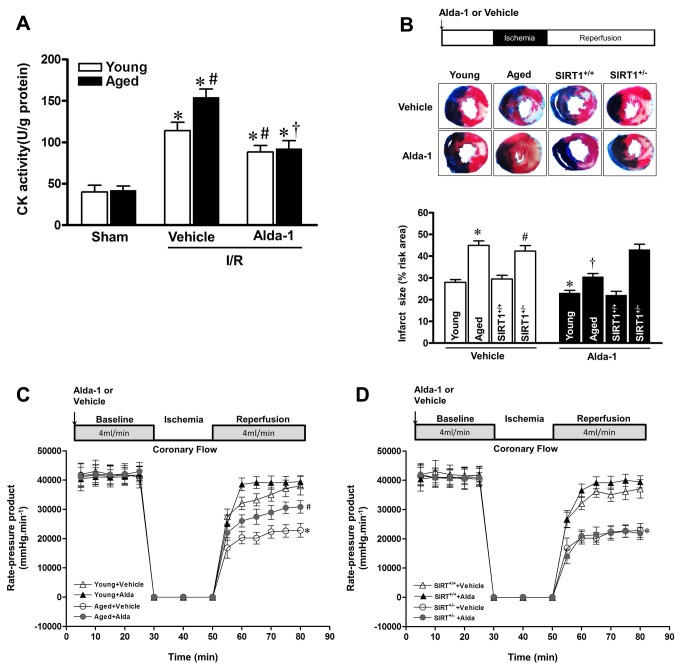Figure 5. Alda-1 treatment improved the tolerance of aged hearts during I/R.
Young and aged C57BL/6 mice were subjected to 30-minute coronary artery ligation followed by 4-hour reperfusion, Alda-1 (16 µg/g) or vehicle was administered via tail vein 2 hr before ischemia. (A) Creatine kinase (CK) activity measurement were collected 4 h after reperfusion from young and aged I/R mice. (B) Young and aged C57BL/6 mice, Sirt1+/− heterozygous knockout mice, and Sirt1+/+ wild-type littermate mice (C57BL/6 background) were subjected to 30-minute coronary artery ligation followed by 4-hour reperfusion, Alda-1 (16 µg/g) or vehicle was administered via tail vein 2 hr before ischemia. Representative pictures and quantification of ratio of infarct size to total myocardium. (n=6-8 per group. *P<0.05 vs. young vehicle; #P <0.05 vs. Sirt1+/+ wild-type vehicle; † P <0.05 vs. Aging vehicle). (C) Isolated hearts from young and aged C57BL/6 mice or (D) Sirt1+/− heterozygous knockout mice and Sirt1+/+ wild-type littermate mice (C57BL/6 background) were subjected to ex vivo heart perfusion (Langendorff). Heart rate × left ventricular developed pressure was determined during baseline perfusion, global ischemia, and postischemic reperfusion with vehicle or Alda-1(20 µmol/L) administration. (n=6-8 per group. *P<0.05 vs. young or Sirt1+/+ wild-type vehicle; #P <0.05 vs. aged vehicle).

